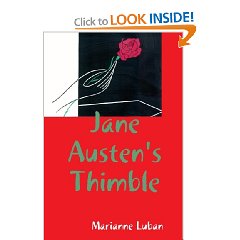I don't completely get what the people who have this "Etz Yoseph" page think they can accomplish. Evidently, they believe the 12 Tribes of Israel can be identified via DNA--and perhaps each tribe will have its own y-haplogroup. I placed a comment on the page, saying that if one believes in these 12 tribes and that the founders were all sons of Jacob, the yDNA of all should belong to the same haplogroup. A father passes on his yDNA to all his sons and this continues as long as the male generations exist. I also wrote that, to account for the varying haplogroups of the Jews, one needs to recall that even the Torah states that a "mixed multitude" left Egypt under the leadership of Moses.
Exodus 12:38..."Now the sons of Israel journeyed from Rameses to Succoth, about six hundred thousand men on foot, aside from children. A mixed multitude also went up with them, along with flocks and herds, a very large number of livestock."
With the giving of the Law of Moses is when the Jewish religion really began, but a religion has no DNA. Converts, such as the Khazars, have to be taken into account, as well. Otherwise, for a very long time, he who professes to be a Jew is considered a Jew as long as he has a Jewish mother--so the yDNA [male lineage] is not essential to the question "Who is a Jew" let alone can indicate to which original tribe ones ancestors belonged. In the days of persecutions and pogroms, a Jewish woman can have found herself impregnated by a non-Jewish rapist. The comments on that site are moderated and mine was not published. As it was reasonably worded, I don't know why--unless my words went contra some agenda.
As far as I can tell, the Messianic Jews [people who believe Jesus is the Messiah]
who run that website are urging Jews to undergo DNA testing in order to find some lost tribe. That's what I gather, but if I am wrong they can come here and correct me. However, if that is what they are advocating--that the yDNA of Jewish males can be separated into "tribes"--then I think that is not possible now--nor will it ever be. While some over the many years have referred to Jews as belonging to a "race", the Jews, themselves, claim to be a "people". They know they are not descended of one stock alone as, for one thing, the descendants of Jacob lived in Egypt for 400 years, they would have mixed their blood with Egyptians, both males and females. There was nothing at all to prevent it.









